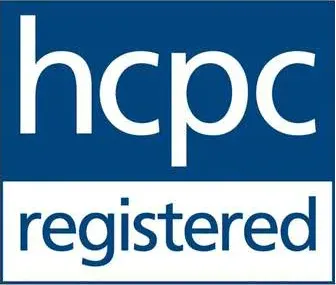
Why Foot Pain Isn't Just 'Part of Getting Older' — A Clinical Guide to Plantar Heel Pain Treatment
Why Foot Pain Isn’t Just ‘Part of Getting Older’ — A Clinical Look at Plantar Heel Pain and What You Can Do About It
We often hear people say their foot pain is just a part of getting older. But the truth is, it’s not. Persistent heel or foot pain isn’t something you have to live with, and in many cases, there’s a clear reason behind it and something we can do to help.
At Gait and Rehab, one of the most common issues we treat is plantar heel pain, often known as plantar fasciitis. It’s incredibly common, especially in adults aged 40 to 60, but despite how often it shows up, it’s often misunderstood or not managed properly.
What Is Plantar Heel Pain?
Plantar heel pain refers to discomfort under or around the heel, typically where the plantar fascia — a thick band of tissue — attaches to the heel bone. Around 10% of people will experience it at some point in their lives, and it makes up a significant number of the foot problems we see in clinic.
It’s commonly called plantar fasciitis, but this term suggests inflammation, which isn’t always the case. In longer-term cases, it’s actually more to do with degeneration and overload - what we call plantar fasciopathy or fasciosis.
Why Does It Happen?
It’s more likely to affect people who are on their feet a lot, or those with tight calves, reduced ankle flexibility, or higher body weight. People who work on hard floors, run regularly, or wear unsupportive footwear are also more prone to it.
How It Presents
If you’ve had plantar heel pain, you’ll know how it feels:
Sharp pain at the bottom of your heel, especially with your first few steps in the morning
Pain after long periods of rest, or at the end of the day
Tenderness when pressing into the inside edge of your heel
A limp or change in how you walk to avoid pain
How We Assess It
Diagnosis is mostly clinical, based on your story and examination. But at Gait and Rehab, we go a step further to get a clear picture of what’s driving your pain. Our assessment includes:
A full biomechanical exam with one of our MSK podiatrists
A Footscan pressure plate analysis to see how you load your feet
Joint and muscle testing to look at flexibility and strength
This helps us understand what’s going on and build a treatment plan tailored to you.
Treatment That Works
There’s no single fix for plantar heel pain, but the research shows that a combined approach works best. At Gait and Rehab, we focus on:
1. Education and Advice
Understanding your condition helps you make better decisions. We’ll talk you through what’s happening and what activities or footwear might be making things worse.
2. Stretching and Strengthening
We’ll guide you through specific stretches for the plantar fascia and calves
We’ll also work on strengthening your feet and lower legs to improve how your body absorbs impact
3. Bespoke Orthotics
We use Footscan data to create custom orthotics that reduce pressure and support better movement. They’re not off-the-shelf inserts, they’re made for your feet, based on how you move.
4. Shockwave Therapy
Shockwave is a non-invasive treatment that’s been shown to help people with longstanding heel pain. It encourages tissue healing and can significantly reduce discomfort when other treatments haven’t worked.
Gabriel’s Story
Gabriel, 62, came to us after months of struggling with heel pain. Mornings were the worst; he dreaded getting out of bed. After a full assessment, we found his calves were tight, his pressure was uneven across his feet, and his gait had changed to avoid pain.
We worked with him on:
A home programme of stretching and strengthening
Four sessions of shockwave therapy
Custom orthotics based on Footscan data
Advice on footwear and pacing his activities
Within six weeks, Gabriel was back walking comfortably and pain-free.
Final Thoughts
Foot pain might be common, but it’s not something you should just put up with. If you’ve been ignoring it or assuming it’s something that just comes with age, let us take a look.
Book an appointment at Gait and Rehab in Knowle and let’s get you moving better again.




